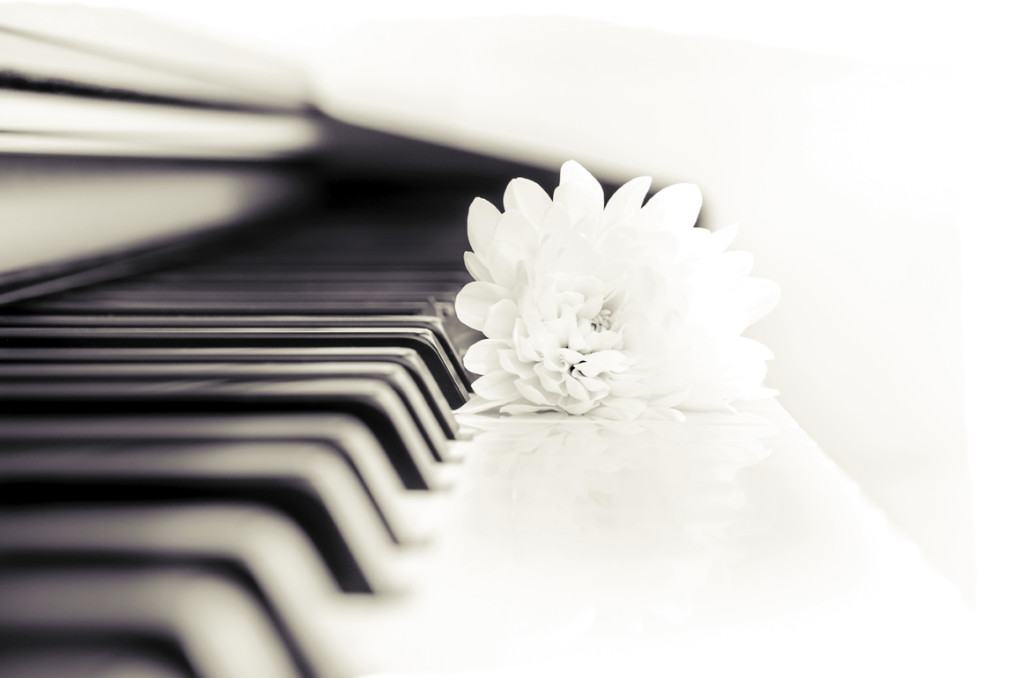Composers though out the ages have written about the changing seasons but spring has especially inspired many to write beautiful music. Spring, a season of renewal, rebirth and regeneration inspires feelings of romance, hope and love and expressed through music, these emotions come to life.
Spring is Here, from the musical I Married an Angel by Rodgers and Hart, 1938, It Might as Well be Spring, from State Fair by Rodgers and Hammerstein,1945, and Younger Than Springtime, from South Pacific also by Rodgers and Hammerstein, 1949, are just a few examples of memorable spring songs of the modern era.
Two very famous pieces of classical music exemplify the music of spring. The first one, The Four Seasons, is a piece written during the late Baroque period, from 1600-1750. “The use of the term, Baroque, stems not from music but from architecture. The root of the word means abnormal and grotesque. Now, in present-day usage, it means finely structured,” wrote Ethan Mordden in his book, A Guide to Orchestral Music.
The Four Seasons (Le Quattro Stagioni), considered a musical masterpiece, was composed by Antonio Vivaldi. A prolific composer, he became renowned for his concerti in the Baroque style. He completed the work circa 1725. It is written for solo violin, string orchestra and harpsichord.
Written in four sections: Spring, Summer, Fall and Winter; each section is a separate concerto in the form of the Italian concerto. The sections within each concerto are fast-slow-fast. In the first movement or section, the music mimics natural sounds of birdsong and weather effects. The soloists imitate the bird’s chirrups, trickling streams, passing storms and a repeat of the birdsong. The second movement is suggestive of the slumber of a goat herder and his faithful dog. The final movement is a dance of nymphs and shepherds. This concerto is an early example of program music where the music depicts a scene and tells a story.
Composer, Antonio Vivaldi, (1678-1741) one of the most renowned figures in European classical music, was born in Venice, Italy. His Father, Giovanni Vivaldi, was a barber who became a professional musician and was employed as a violinist at Saint Mark’s Cathedral in Venice. It was from his father that young Antonio received his early training on violin. Vivaldi was ordained a Catholic priest (he was known as the “Red Priest” because of his flaming red hair) but instead he chose to follow his passion for music. Vivaldi was known as a virtuoso violinist who wrote over 500 concerti, over 40 operas and 90 sonatas, among others. He wrote many concerti during his 36 years in charge of the music at the Ospedale della Pieta orphanage for girls.
The Rite of Spring (Le Sacre du Printem) by Igor Stravinsky, (1882-1971), was a monumental break though for 20th Century composers the world over. Stravinsky subtitled it, Pictures of Pagan Russia.
The Rite of Spring is a barbaric spectacle portraying fertility rites in pre-historic Russia. The music is characterized by continual changes of rhythm with accents on traditionally un-accented beats, very harsh dissonances and brusque orchestration. The piece was premiered in Paris in 1913. On opening night the audience was appalled by the music and a riot ensued; the audience became rude and hostel. Today, this music is not only accepted but admired and often used as a model by contemporary composers.
Stravinsky was born in Russia and in his early career was known as a romantic Russian nationalist. He studied for one year with the famous Rimsky-Korsakov. Stravinsky eventually settled in Paris and absorbed much of the Parisian lifestyle. He was invited by Serge Diaghileff, impresario of the Ballet Russe, to compose music for his ballet company. Later, in 1939, he moved to America where he spent the rest of his life.
Stravinsky’s different periods of composition, representing various styles of music, dominated his composing career. Perhaps no other composer reached so far for new horizons. “Never a copycat—he never sounded like anyone else…where extravagant individualism is a minimum requirement, Stravinsky stands out,” wrote Mordden.
Mark your calendar for the Danville Community Band’s Annual Free Spring Concert, Sunday, June 14, 2015 at 3 p.m., Community Presbyterian Church in Danville. For information call 925-372-8420. Please submit your questions and comments to banddirector01@comcast.net Visit our website at www.danvilleband.org for up-to-date information about the Danville Community Band.

Leave a Reply